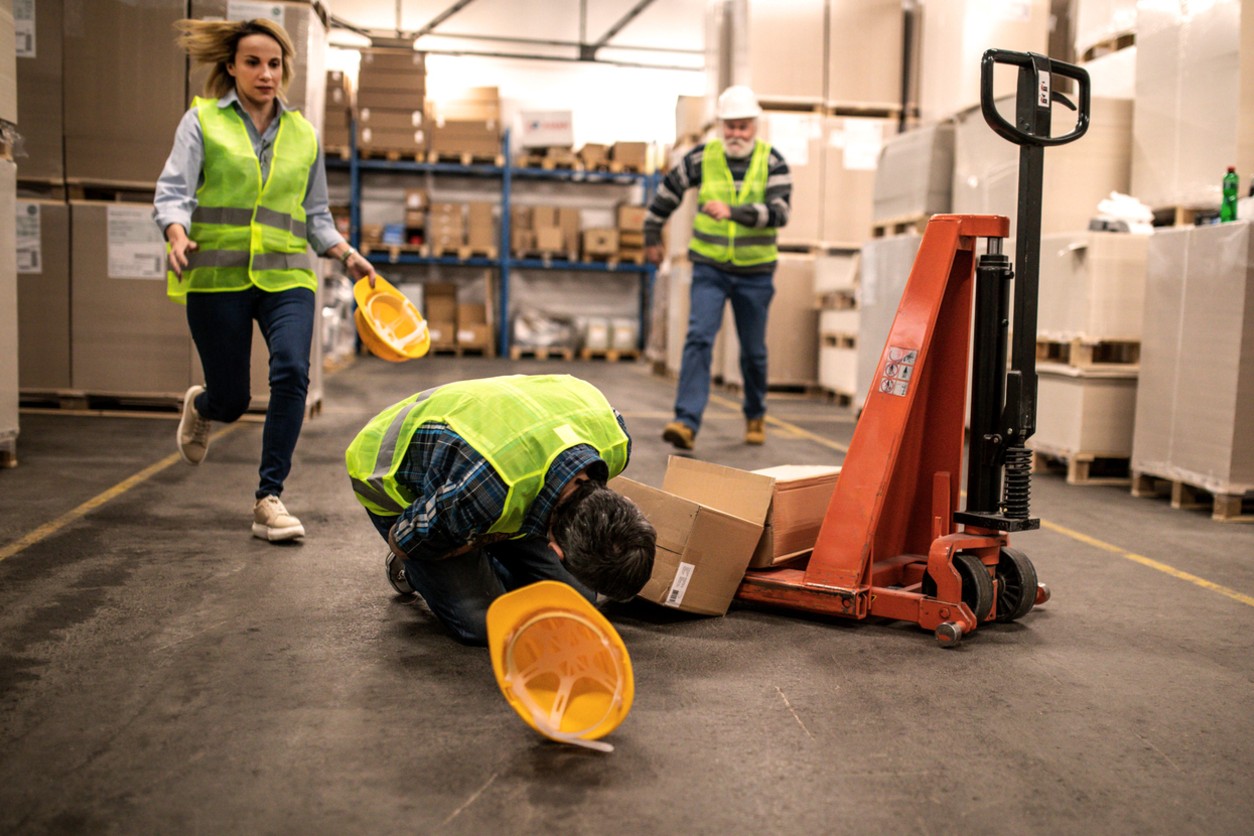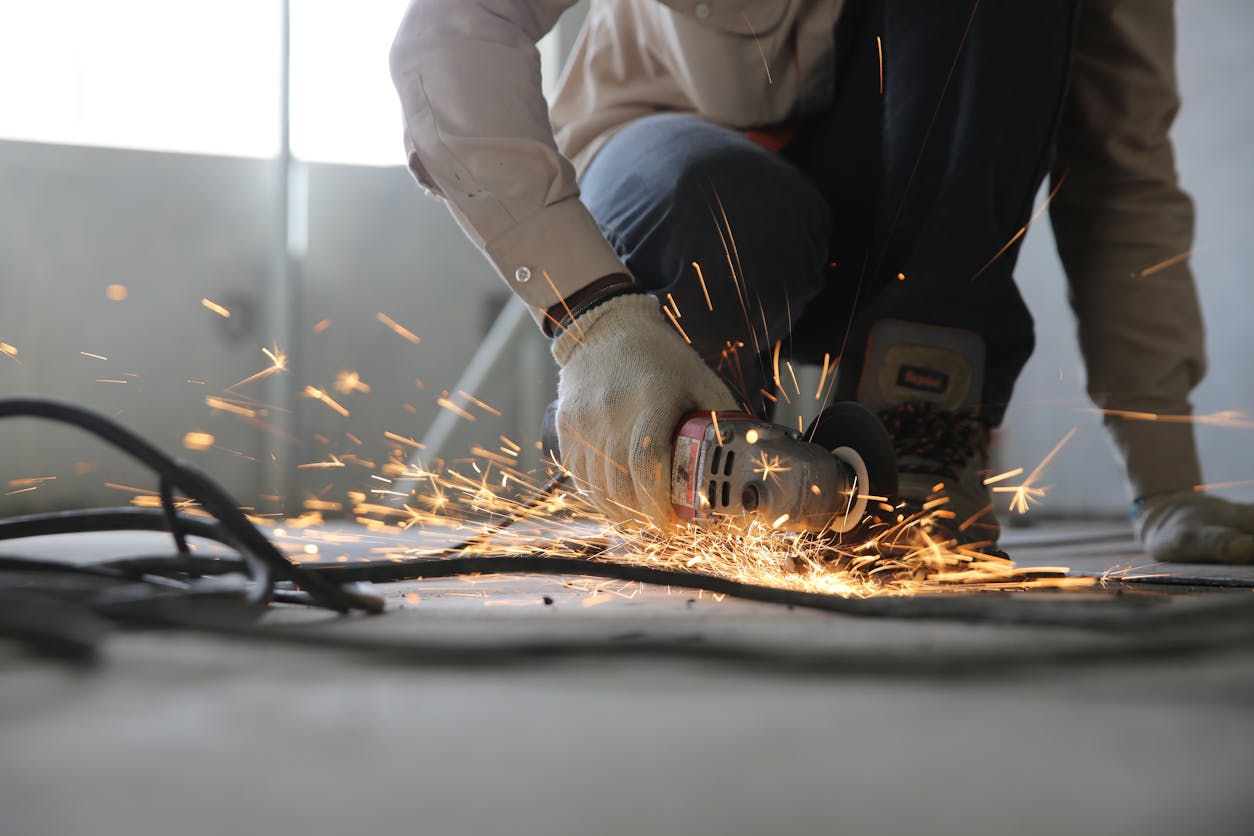Health and safety isn’t one-size-fits-all. Yet for many years, workplace policies have been designed with a narrow lens – often failing to consider the specific needs of women. That’s slowly starting to change. But to create truly inclusive environments, we need to go further.
Women make up a significant part of today’s workforce across every sector. And just like all employees, they deserve to feel safe, supported and understood at work. This means recognising the real-world health and safety issues that affect women – whether it’s around reproductive health, menopause, or even something as everyday as ill-fitting PPE.
Creating gender-sensitive health and safety policies isn’t just about ticking a box. It’s about acknowledging the diverse experiences people bring to the workplace, and building a culture where everyone can thrive.
Why women’s health needs deserve specific attention
Let’s be honest – traditional workplace risk assessments and policies often assume a ‘default’ male worker. This means women’s health concerns can easily be overlooked. Reproductive health, for instance, may be impacted by exposure to certain chemicals, excessive physical strain, or prolonged standing. Yet it’s rarely factored into standard assessments.
Menopause is another area that’s only recently started gaining recognition in the workplace. Symptoms like fatigue, hot flushes, brain fog and anxiety can be disruptive – and deeply personal. Without the right support, they can affect confidence, performance, and even lead women to leave their jobs.
Then there’s ergonomics. Tools, machinery and personal protective equipment (PPE) are still often designed to suit male body shapes, which can make them uncomfortable or even unsafe for women to use. It’s a simple issue, but one that can have serious consequences.
By bringing these issues into the open, and addressing them in our policies, we take an important step towards creating safer, more inclusive workplaces.
The benefits of inclusive health and safety policies
When women feel supported and understood at work, the benefits ripple across the whole organisation. You’re likely to see better staff retention, fewer absences and higher morale. People are more engaged when they know their well-being is taken seriously – and that includes how policies are written and how risks are managed.
Inclusive policies also help you build trust. They signal to your team that their experiences matter and that the business is willing to listen and adapt. That kind of culture fosters loyalty, improves performance and enhances your reputation as an employer who genuinely cares.
From a legal standpoint, there’s an obligation too. Under the Health and Safety at Work etc. Act 1974, employers must ensure the health, safety and welfare of all employees. The Equality Act 2010 further requires you to avoid discrimination and make reasonable adjustments where needed. Taking women’s health into account is part and parcel of meeting those obligations – and doing so well shows leadership.
What inclusive safety looks like in practice
So what does an inclusive health and safety policy actually look like? It starts with awareness. You can’t improve what you don’t understand, so it’s important to engage with your team and identify any barriers or concerns they may have.
Start by reviewing your current risk assessments. Are there any tasks, materials or conditions that might disproportionately affect women? Do your policies mention menopause, menstruation, fertility treatments or pregnancy? Are adjustments available for those experiencing these life events?
You should also assess your PPE and workplace equipment. If items aren’t available in suitable sizes or designs, consider sourcing alternatives. Even small changes – like better fitting gloves or adjustable seating – can make a big difference to comfort and safety.
Another area to explore is training. Line managers play a key role in creating supportive environments, so make sure they feel confident talking about sensitive topics like menopause or menstrual health. Providing the right training can help managers respond with empathy, while also ensuring consistency and fairness in how policies are applied.
Above all, make inclusivity an ongoing conversation. Health needs can change over time, and so should your policies. Check in regularly with your staff, encourage feedback, and be ready to adapt.
How The Health & Safety Dept can help
We know that writing health and safety policies isn’t always straightforward – especially when you’re trying to do things better and more inclusively. At The Health & Safety Dept, we work with businesses across different sectors to create policies that reflect the real needs of their teams.
Whether you’re looking to update your risk assessments, audit your current policies, or provide training on inclusive practices, we’re here to support you. We bring practical experience and a friendly, down-to-earth approach – helping you navigate your responsibilities and build a workplace where everyone feels safe and supported.
We’ll work with you to understand your people, your risks, and your values – and then help you put all of that into a policy you can stand behind.
Moving forward together
Creating gender-inclusive health and safety policies isn’t just about compliance. It’s about fairness, empathy, and recognising that your team’s well-being is worth investing in.
By making space for women’s voices and experiences in your risk assessments and workplace policies, you help to build a culture where everyone feels respected and included.
And that’s good for people – and good for business.
If you’re ready to make your health and safety policies more inclusive, The Health & Safety Dept is here to help. Let’s work together to create a safer, more supportive workplace for everyone. Get in touch with your local office today.











